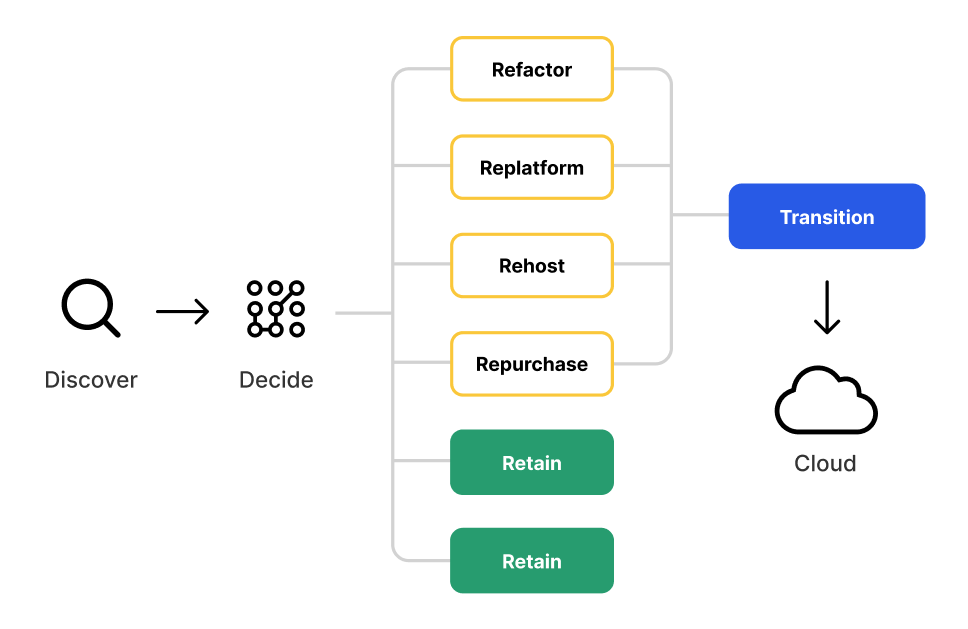Introduction: The Rise of Ecommerce in 2023
As we navigate midway through 2023, the e-commerce landscape has transformed, surpassing the predictions of a decade prior. This evolution positions 2023 as a golden year for both budding entrepreneurs and established brands, offering a ripe environment to leverage technological advancements.
Choosing the Right Business Model
Before diving in, it’s imperative to pinpoint your ideal business model. From the streamlined dropshipping approach to the hands-on warehousing operations, there’s a fit for every digital entrepreneur. Subscription models, especially for recurring needs, are gaining traction. Meanwhile, digital products, free from physical overheads, continue to gain momentum.
Determining the Perfect Business Structure
Launching an e-commerce venture in 2023 necessitates a clear foundational decision: your business structure. This choice will influence tax implications, personal liability, and your allure to potential investors.
While the straightforwardness of a sole proprietorship might entice many newcomers, it often bears heightened personal financial risks. LLCs, on the other hand, offer numerous benefits. Among the top reasons to form an LLC are robust personal liability protection, potential tax incentives, and operational flexibility.
Corporations provide substantial personal liability safeguards but come with inherent complexities. Your chosen structure should mirror your e-commerce aspirations, financial health, risk tolerance, and future vision. For modern digital entrepreneurs, understanding these nuances is pivotal. Collaborate with e-commerce legal and financial professionals to solidify a growth-centric foundation.
Selecting the Ideal E-commerce Platform
Your e-commerce platform is the heart of your online venture. Giants like Shopify and WooCommerce remain prevalent, with platforms like Magento and BigCommerce offering dynamic solutions. Your selection should cater to essential factors such as customization, scalability, and user experience.
Market Research and Niche Identification
Carve out your brand’s space by undertaking thorough market research. Zeroing in on a unique target market or product niche in a saturated digital arena can set your business apart.
Crafting a User-Centric Website
A digital business demands a visually compelling and user-friendly interface. Enhance conversions through intuitive navigation, mobile optimization, and rapid load times.
Product Sourcing and Strengthening Supplier Relations
Building trust with suppliers is e-commerce’s cornerstone. Champion transparent communication, master the nuances of MOQs, and cultivate negotiation skills to fortify these essential partnerships.
Effective Pricing Strategies
Pricing wields transformative power. To achieve a balance that lures customers and sustains profits, consider competitors’ pricing, perceived product value, and desired profit margins.
Mastery of Inventory Management
Stay attuned to your inventory levels. Efficient stock management curtails unnecessary overheads, averts product shortages, and ensures operational fluidity.
Harnessing Digital Marketing for E-commerce Success
Elevate your digital footprint with proven marketing strategies. Dive into SEO tailored for e-commerce, capitalize on social media, and exploit the potential of PPC and email marketing.
Championing Customer Service
In an age where feedback is instant, prioritize unparalleled customer service. Stellar interactions can morph casual buyers into brand loyalists.
Navigating E-commerce Legalities and Compliance
The digital realm is rife with regulations. Stay abreast of evolving e-commerce laws, tax obligations, and industry-specific mandates.
Conclusion: Strategies for Growth and Expansion
Once settled into your e-commerce rhythm, shift focus towards expansion strategies whether it’s tapping new markets, broadening product offerings, or leveraging data analytics, 2023 heralds abundant opportunities for the prepared.
Embark with clarity, strategize with wisdom, and be fueled by passion—your e-commerce journey awaits!




